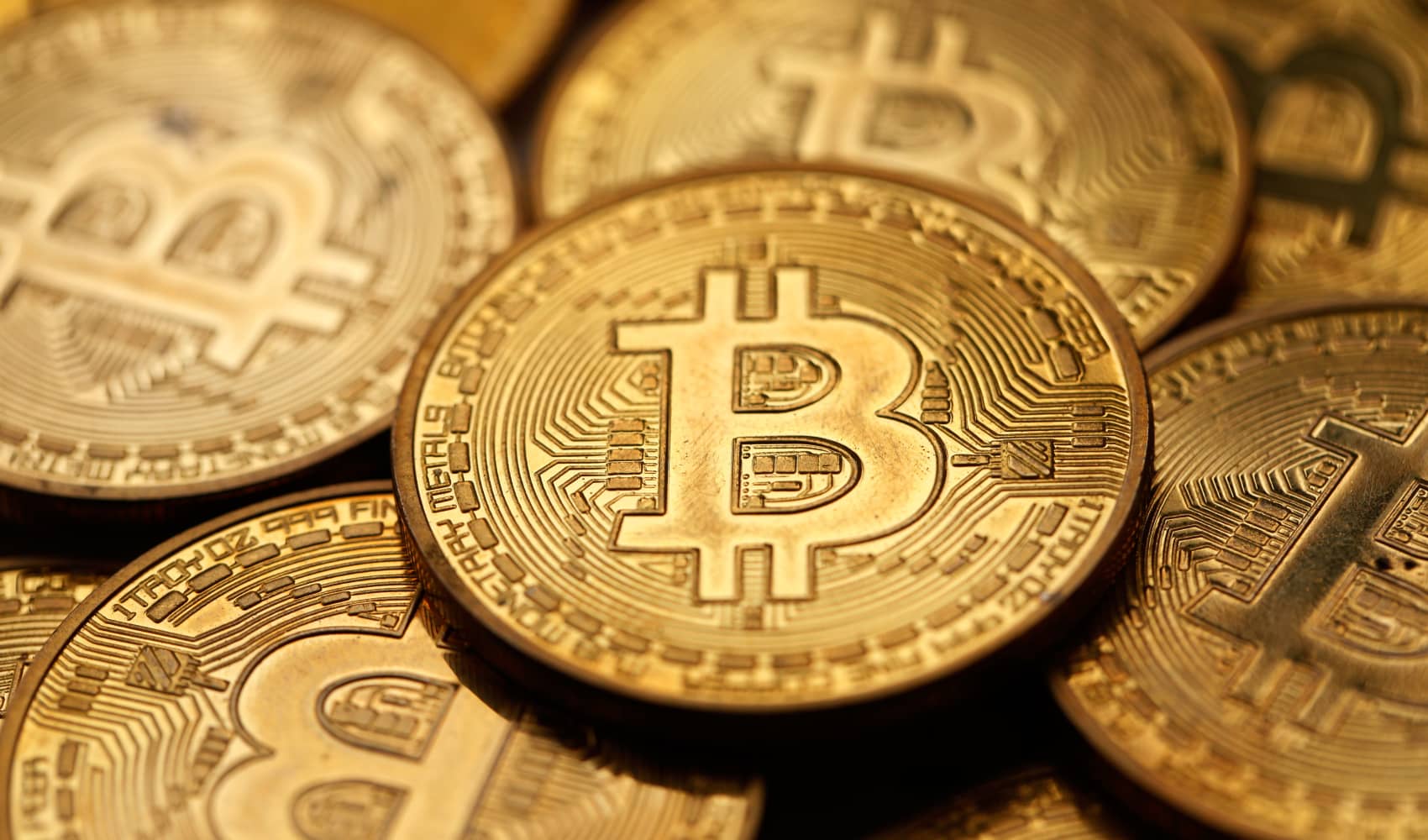European Markets: Earnings Season Volatility - Investor Guide
European Markets Brace for Earnings Volatility: What Investors Need to Know
Introduction: The Calm Before the Earnings Storm?
Good morning, traders! It looks like the European markets are poised for a slightly rocky start today. But why the apprehension? Well, we're heading into a week packed with corporate earnings reports from some of Europe's biggest players. Think of it like this: the markets are holding their breath, waiting to see if these earnings releases will deliver a refreshing breeze or a gust of disappointment.
European Market Open: A Sea of Red?
Early indications suggest a dip. According to data from IG, here's how things are shaping up:
- The U.K.'s FTSE 100 is projected to open 3 points lower at 8,620.
- Germany's DAX is expected to decline by 47 points to 23,284.
- France's CAC is forecast to drop 24 points to 7,708.
- Italy's FTSE MIB is anticipated to fall 32 points to 37,836.
Why the overall negative sentiment? It boils down to uncertainty. Investors are hesitant, waiting to see the real financial performance behind the stock prices.
Earnings Avalanche: Who's Reporting Today?
Get ready for a deluge! Today alone, we're expecting earnings reports from a wide range of companies, spanning various sectors. Here's a quick rundown:
- Vestas Wind
- AXA
- Uniper
- Ferrari
- Hugo Boss
- Covestro
- Zalando
- Telenor
- Geberit
- Philips
- Intesa Sanpaolo
- Continental
- Electronic Arts
That's quite a list! Each report has the potential to significantly impact its respective sector and even the overall market sentiment. Buckle up!
Sector Spotlight: Key Industries to Watch
With such a diverse range of companies reporting, which sectors should you be paying extra attention to? Let's take a look:
Wind Energy: Vestas Wind's Performance
Vestas Wind's results will offer valuable insights into the state of the renewable energy sector. Are they hitting their targets? How are supply chain issues impacting their production? These are crucial questions for investors.
Financial Services: AXA and Intesa Sanpaolo
Keep a close eye on AXA and Intesa Sanpaolo. Their reports will provide a glimpse into the health of the financial services industry in Europe. Interest rate trends, loan performance, and investment returns will be key metrics to watch.
Luxury Goods: Ferrari and Hugo Boss
Luxury brands like Ferrari and Hugo Boss are often seen as barometers of consumer confidence. Strong earnings from these companies could signal a positive outlook for the overall economy.
Technology: Zalando, Philips, and Electronic Arts
The technology sector is always in the spotlight. Zalando's e-commerce performance, Philips' healthcare technology innovations, and Electronic Arts' gaming results will offer insights into evolving consumer behavior and technological advancements.
The Ghost of Monday: A Mixed Bag of Results
Remember Monday? European bourses experienced a mixed start to the week. The UK markets were closed, but the rest of Europe was already bracing for this week's earnings. This makes it even more crucial to understand the potential impact of today's reports.
Central Bank Influence: The Unseen Hand
Central banks across Europe continue to play a crucial role. Their monetary policies, interest rate decisions, and inflation management strategies directly influence corporate earnings and market sentiment. Keep an eye on any upcoming announcements or signals from the European Central Bank (ECB).
Investor Sentiment: Fear and Greed in the Balance
Ultimately, market movements are driven by investor sentiment. Are investors feeling optimistic and greedy, willing to take on risk? Or are they feeling fearful and cautious, preferring to stay on the sidelines? Understanding these emotions is key to predicting market trends.
How to Prepare for Earnings Season: A Checklist for Investors
So, how can you, as an investor, navigate this earnings season successfully? Here’s a quick checklist:
- Do your research: Understand the companies you're invested in and their respective industries.
- Manage your risk: Don't put all your eggs in one basket. Diversify your portfolio.
- Stay informed: Keep up-to-date with the latest news and analysis.
- Don't panic: Market volatility is normal during earnings season. Avoid making impulsive decisions.
- Consult a professional: If you're unsure, seek advice from a financial advisor.
The Bigger Picture: Global Economic Trends
European markets don't exist in a vacuum. They're influenced by global economic trends, geopolitical events, and international trade relations. Keep an eye on what's happening in the US, China, and other major economies.
Reading Between the Lines: Beyond the Headline Numbers
Don't just focus on the headline numbers in earnings reports. Dig deeper into the details. Look at revenue growth, profit margins, earnings per share (EPS), and management's outlook for the future. These details can provide a more nuanced understanding of a company's performance.
The Long-Term View: Investing for the Future
While short-term market fluctuations can be exciting (or nerve-wracking!), it's important to maintain a long-term perspective. Investing is a marathon, not a sprint. Focus on building a solid portfolio of high-quality companies that can deliver sustainable growth over time.
Navigating Volatility: Strategies for Turbulent Times
Earnings season often brings increased volatility. Consider implementing strategies to manage this volatility, such as:
- Using stop-loss orders: To limit potential losses.
- Hedging your positions: To protect your portfolio from downside risk.
- Staying disciplined: Sticking to your investment plan, even when the market gets bumpy.
The Role of Analysts: Expert Opinions and Market Expectations
Pay attention to what analysts are saying about the companies reporting earnings. Their ratings, price targets, and commentary can provide valuable insights. However, remember that analysts' opinions are just one piece of the puzzle. Do your own research and form your own conclusions.
Tomorrow's Forecast: What to Expect Next
Today's earnings reports will set the stage for tomorrow's market movements. Depending on the results, we could see a rebound, further declines, or continued volatility. The key is to stay informed, stay calm, and stay focused on your long-term investment goals.
Conclusion: Staying Ahead of the Curve in European Markets
As European markets navigate this earnings-heavy week, remember these key takeaways: Prepare for volatility, understand the sector-specific impacts of earnings reports, monitor central bank activity, and maintain a long-term investment perspective. By staying informed and adaptable, you can navigate the market's ups and downs and position yourself for success.
Frequently Asked Questions
Here are some frequently asked questions to further clarify navigating the European markets during earnings season:
Q1: What is an earnings report and why is it important?
An earnings report is a company's official statement of its financial performance over a specific period (usually a quarter or a year). It's important because it reveals how well the company is doing financially and helps investors make informed decisions.
Q2: How can I find earnings reports for European companies?
You can find earnings reports on company websites, financial news websites (like CNBC, Reuters, and Bloomberg), and through your brokerage platform.
Q3: What are some key things to look for in an earnings report?
Focus on revenue growth, earnings per share (EPS), profit margins, and management's outlook for the future. Also, pay attention to any surprises or unexpected results.
Q4: How much should I rely on analyst ratings when making investment decisions?
Analyst ratings can be a helpful source of information, but don't rely on them exclusively. Do your own research and form your own conclusions based on a variety of factors.
Q5: What should I do if I'm feeling anxious about market volatility during earnings season?
If you're feeling anxious, take a step back and reassess your investment strategy. Make sure you're comfortable with your risk tolerance and consider consulting a financial advisor for personalized guidance.




![Buy Reddit Stock? Cramer's Volatility Warning [2024 Guide] Buy Reddit Stock? Cramer's Volatility Warning [2024 Guide]](https://media.nbcnewyork.com/2025/05/108108209-1740631818542-gettyimages-1636801576-logos.jpeg?quality=85&strip=all)
